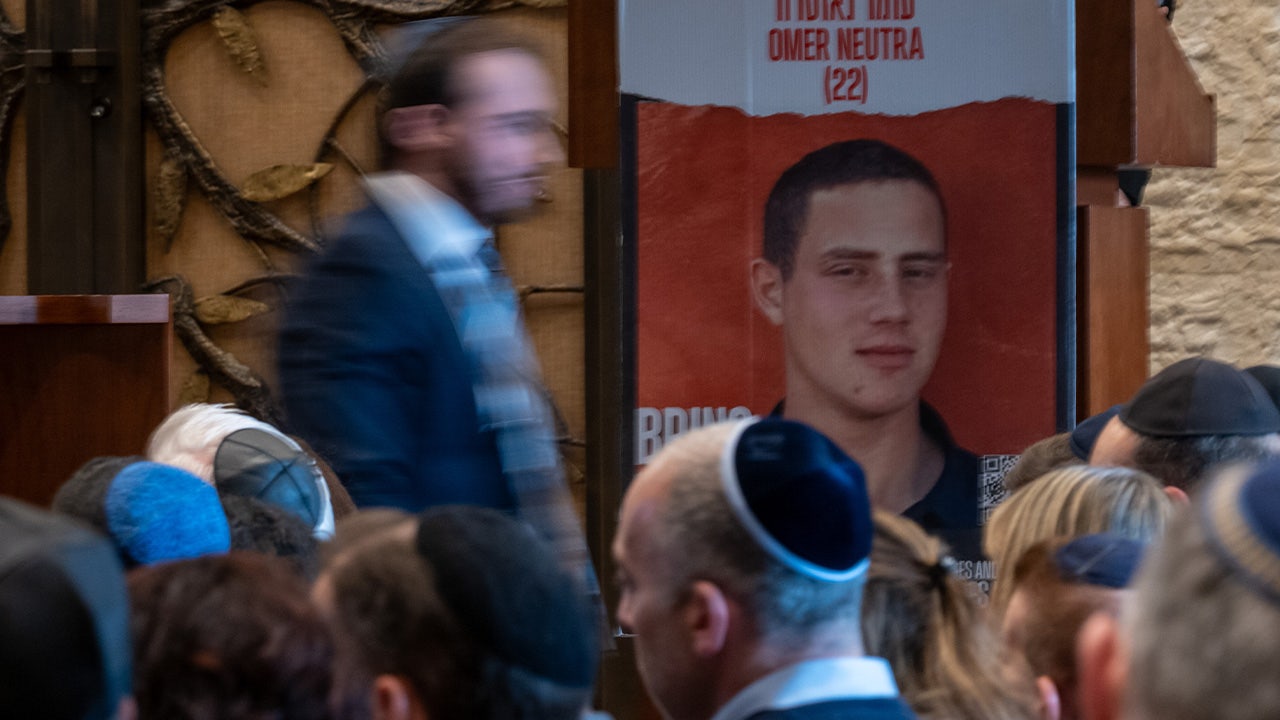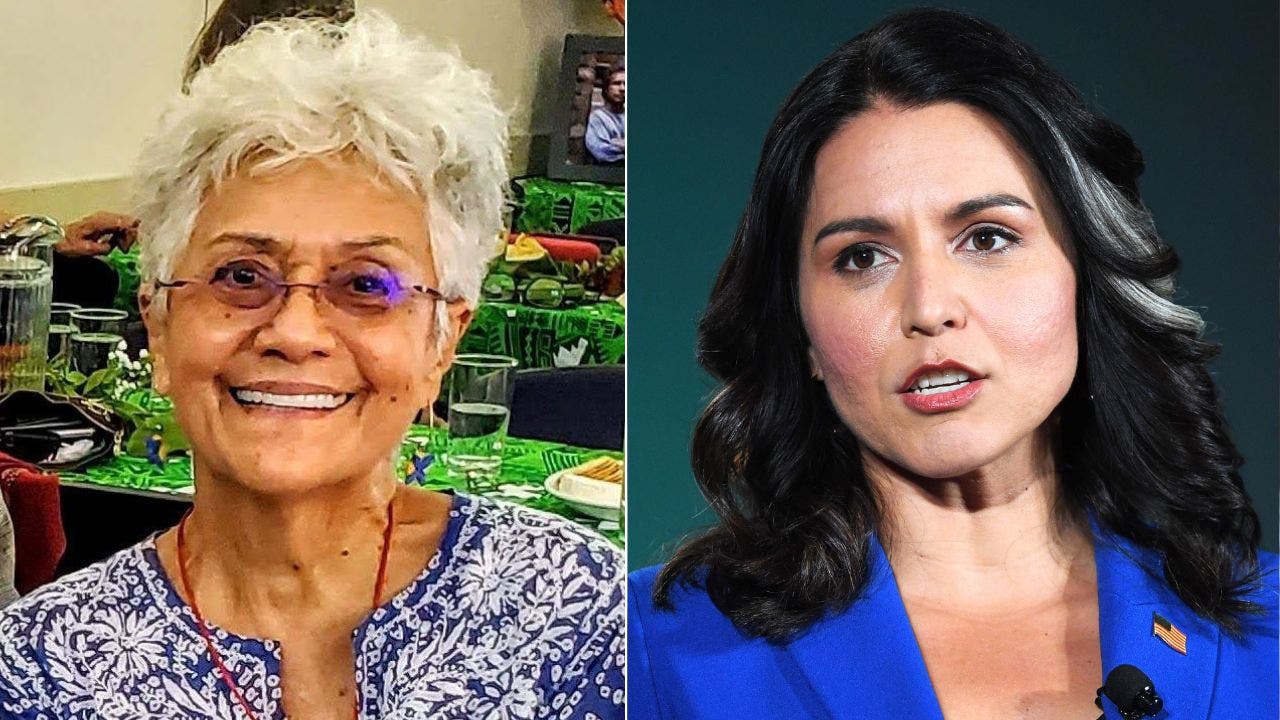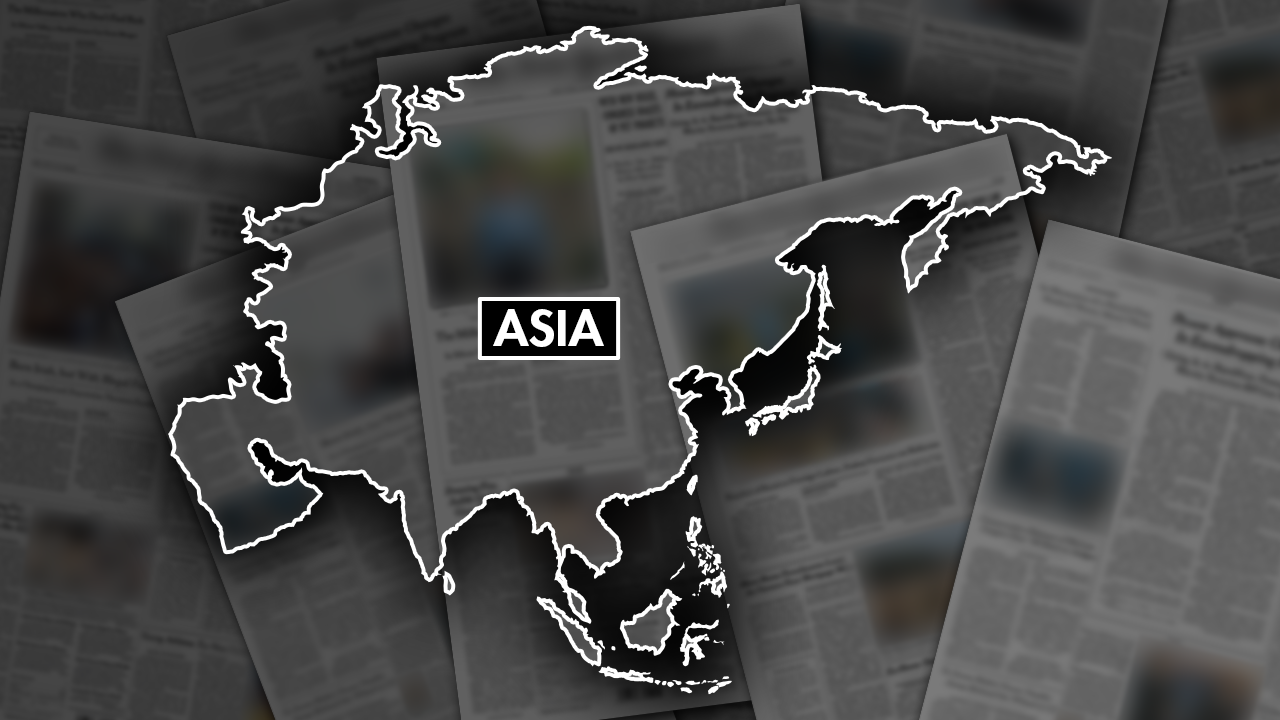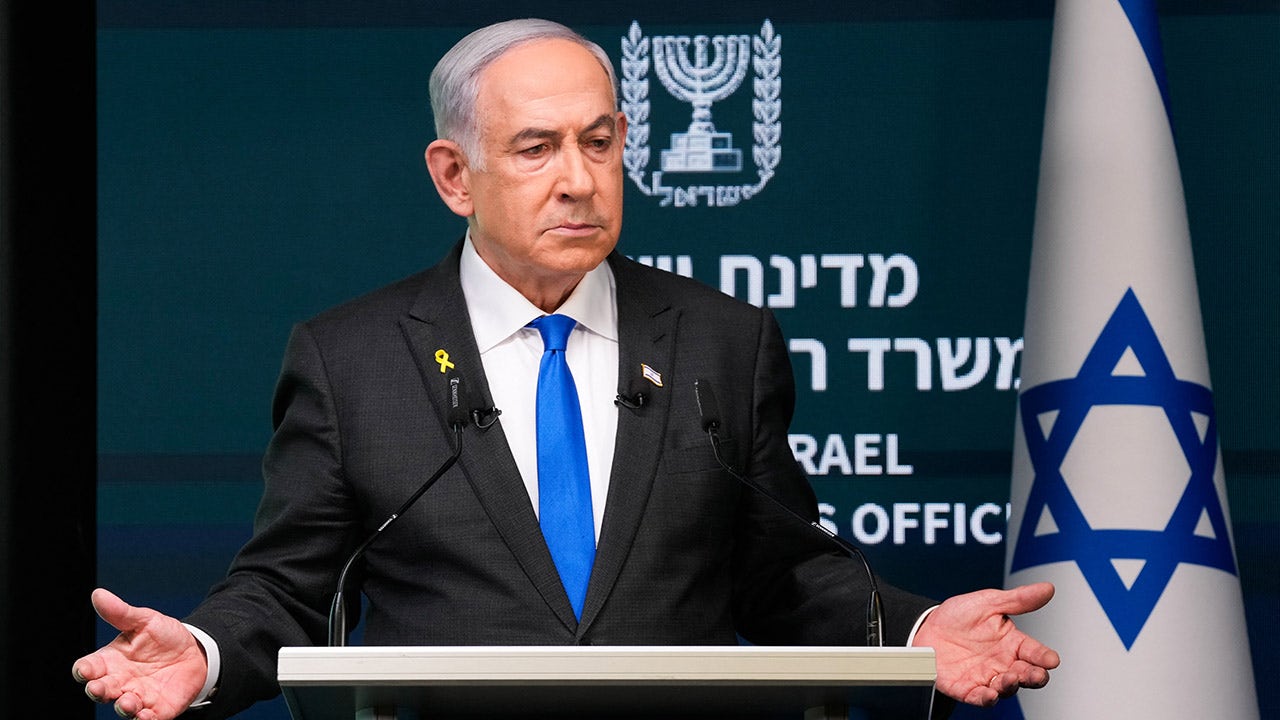President Vladimir V. Putin attended a trade fair on Friday in a northeastern Chinese city and toured a state-backed university famous for its cutting edge defense research, highlighting how economic and military ties between the countries have grown despite, or perhaps because of, Western pressure.
Mr. Putin’s visit to Harbin, a Chinese city with a Russian past, is part of a trip aimed at demonstrating that he has powerful friends even as his war against Ukraine — a campaign that he is escalating — has isolated him from the West. The visit followed a day of talks between him and President Xi Jinping of China that seemed orchestrated to convey not only the strategic alignment of the two powerful, autocratic leaders against the West, but a personal connection.
State media showed Mr. Putin and Mr. Xi, neck ties off after formal talks on Thursday, strolling under willow trees and sipping tea at a traditional pavilion on the sprawling grounds of Zhongnanhai, the walled leadership compound in Beijing, with only their interpreters. As Mr. Xi saw Mr. Putin off in the evening, he even initiated a hug — a rare expression of affection for the Chinese leader.
“Xi’s very deliberate embrace of Putin for the cameras wasn’t just to emphasize the closeness of the political relationship between the two countries and their leaders,” said Richard McGregor, a senior fellow for East Asia at the Lowy Institute in Sydney. “There was also a touch of disdain directed at Washington, which has been pressuring Beijing to withdraw support from Moscow. That clearly isn’t going to happen in any substantive fashion.”
The show of camaraderie was the final touch in talks that culminated in a joint statement that took aim at the United States, which Mr. Putin and Mr. Xi have accused of seeking to suppress their countries. The statement pledged that Russia and China would work more closely in critical sectors like energy, space and the military.
The growing security ties between the two nuclear-armed powers is a focal point of Mr. Putin’s Harbin visit.
While China and Russia are not formal allies committed to defend each other with military support, their armed forces have worked together more closely in recent years. Their air forces and navies have held joint military exercises, including near Alaska and Taiwan, the de facto independent island claimed by Beijing. On Thursday, the two leaders issued words of support for their separate claims to Taiwan and Ukraine.
And while China has vowed not to provide Russia with lethal weapons, it has been the top supplier of components like semiconductors and machine tools that have both civilian and military uses.
While that is helpful, Mr. Putin still seeks access to more sophisticated tools. The Harbin Institute of Technology is best known for its research of rockets, missiles and space technology — expertise that Russia would greatly benefit from as the war in Ukraine has revived its need for a more robust military-industrial complex. The institute also trained North Korean scientists who worked on Pyongyang’s nuclear weapons program, according to The Wall Street Journal and South Korean media.
Mr. Putin’s tour of the school is steeped in symbolism. The 103-year-old institution recently opened a joint campus with St. Petersburg State University, Mr. Putin’s alma mater. And in something of a snub to Washington, the school belongs on the United States’s so-called entity list, barring it from accessing American technology and taking part in educational exchanges because of its links to the People’s Liberation Army.
“We should be less concerned about what particular technologies China might be sharing with Russia from Harbin or elsewhere, than the larger pattern and signal that this visit represents,” said Markus Garlauskas, a security expert at the Atlantic Council.
“China did not need to host Putin at Harbin in order to transfer technologies from there to Russia,” he added. “That this visit took place so openly is a visible and symbolic sign of Beijing being willing to provide directly military-applicable technology to support Russia’s war against Ukraine.”
Song Zhongping, a commentator in Beijing who is a former military officer, defended Mr. Putin’s visit to the institute, pointing to the school’s cooperation with Russia in education.
“Communication at the university level between China and Russia is consistent with the academic exchange and national interests of both countries,” Mr. Song said.
Mr. Garlauskas said the tour of the Harbin Institute of Technology had echoes of when Mr. Putin hosted Kim Jong-un, the North Korean dictator, at a Russian spaceport last year before Pyongyang began supplying Moscow with ballistic missiles and other munitions to use in Ukraine.
“What China shares with Russia, Russia could easily then turn around and share with North Korea,” Mr. Garlauskas said.
Not long ago, it was China that drew greater benefits from access to Russian military technology. Starting in the 1990s, and peaking in the early 2000s, Beijing was a major buyer of Russian arms. Sales then began to slow after Moscow grew concerned about China reverse engineering Russian weapons, said Elizabeth Wishnick, a senior research scientist at the Center for Naval Analyses in Virginia.
It wasn’t until about a decade ago that cooperation between the two sides returned, leading to China’s acquisition of more Russian jet engine technology and surface-to-air missile systems. Still, in a sign that there are limits to its cooperation with China, Russia is holding out sharing its silent submarine technology, a feature that makes the vessels especially hard to detect, Ms. Wishnick said.
Mr. Putin is also using his visit to Harbin, where he attended a trade fair, to promote the flow of goods between the countries.
China has given Russia an economic lifeline by buying huge amounts of Russian oil to circumvent the effects of its financial isolation from the Western world. Not only that, with many foreign consumer brands also leaving Russia, Chinese companies have stepped in to fill a vacuum for the likes of automobiles, smartphones and televisions. That contributed to a record $240 billion in two-way trade between the China and Russia in 2023, up from $190 billion in 2022, according to Chinese customs data.
Maintaining that growth in trade is a major focus in both countries, analysts said, now that Western pressure on Chinese banks to scale back transactions with Russian firms is believed to have led to the first year-on-year decline in trade in more than two years in March.
One solution would be to increase the amount of transactions settled in local currencies rather than dollars to avoid the risk of sanctions. Mr. Putin said on Thursday that more than 90 percent of commercial transactions conducted between Russia and China were now being cleared in rubles or renminbi.
“Protecting the financial assets of big banks in China is the top crucial interest of China,” said Shi Yinhong, an international relations professor at Renmin University in Beijing. He said China was trying to reduce its exposure to the dollar beyond just in Russia, but that the room to do so was “limited.”
Olivia Wang contributed reporting.






